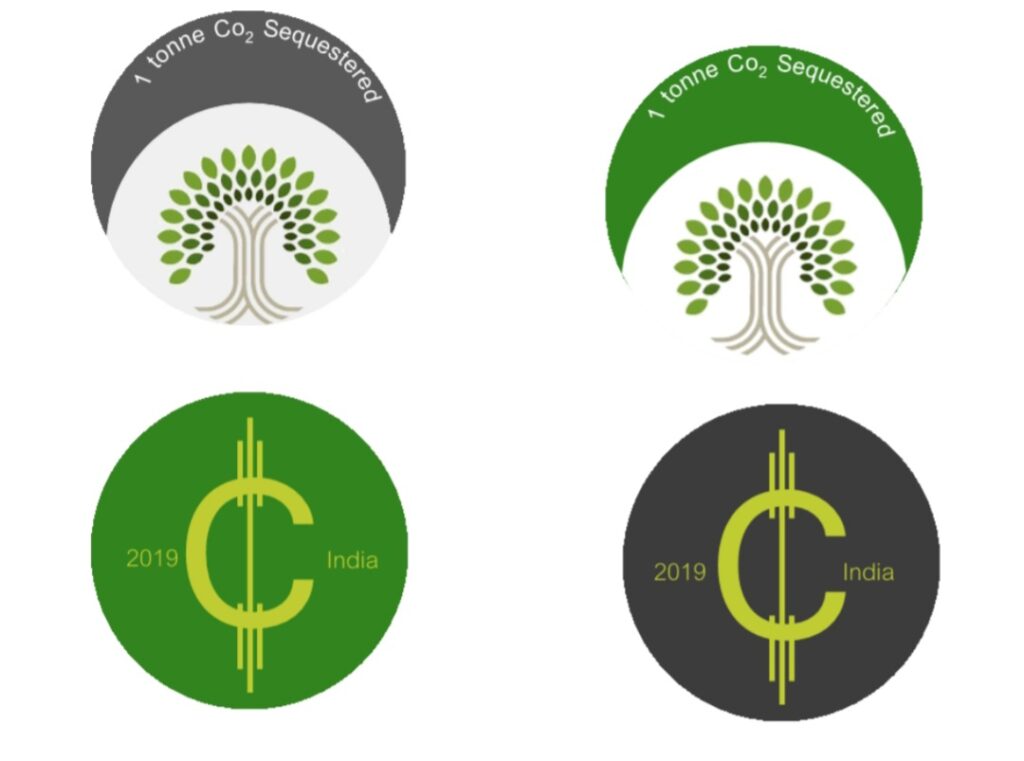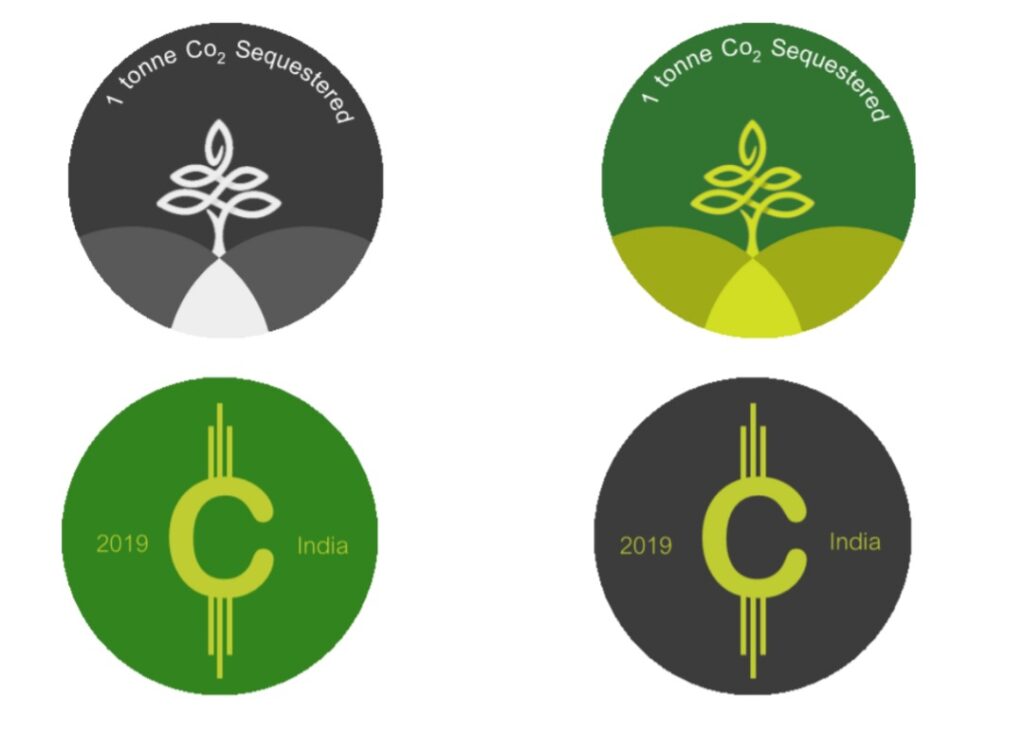
The thought of writing on this topic came to me because of the couple of calls that I received last week. One call was from someone in the treasury section, who informed me that bankers were asking to convert deposits to “Green” deposits and the question was whether the bank would give them carbon credits for this. The second one was from the bank, which asked whether its loans to renewable energy companies could be used to offset its emissions. My answer to both these questions was a ‘No’. With such concerns gathering momentum, it is evident that concepts such as Net-Zero, Carbon Neutrality, and Carbon Positive (or Negative) have become points of discussion today.
Going forward, carbon offsets are going to be an important part of the Net-Zero strategy. The only trouble is employing offsets to assuage guilt and treating these as a precedent to emit. By doing this, you only fool yourself and karma will catch up with you soon. You should improve your efficiencies which should be your priority. Also, from the return on investment perspective, this stands to be the best option. Clean energy sources are attractive investments. Add to this, the cost of carbon from a future risk perspective, your ROI improves on many initiatives that you can take to reduce your carbon emissions. Despite most corporates endeavoring to meet their commitments by 2030, there will be still some emissions given that Scope 3 emissions are appropriately accounted for. This is particularly true for many hard-to-abate sectors as there would be process carbon emissions which will remain unless we have some major innovations in those sectors. So, for many companies, offsets will be the way to meet their commitments to minimize carbon emissions.
Infosys, in the Carbon Neutrality Declaration in 2020 states that a total of 314,685 tCO2e carbon offsets have been utilized. It is also stated that all these were Gold Standard Credits[1]. So, what is Gold Credit? Are there Silver and Bronze as well? How should companies approach their offset plans? Or what is a good carbon offset credit?
What should be the criteria that qualifies a good carbon offset credit? I would say, there are four parameters that should be considered for determining the quality of the credit:
- Additional
- Permanent
- Traceable
- Vintage
The offsets should not come from projects or initiatives that would happen anyway. Energy efficiency that would be achieved through reduced energy cost or renewable energy in India which are already cost competitive are not additional. So, what is Additional? A simple check would be whether the carbon credits have been a key consideration to the decision to implement the project and without the sale of credits the project would not take place.
Around 25% of the carbon emitted remains in the atmosphere for hundreds to thousands of years. But a standard convention for permanence can be if carbon is kept out of the atmosphere for more than a 100 years. There must be some extent of insurance on this. An example can be a forestry project. But cutting down trees or a forest fire will reverse the carbon sequestered. There must be some way of guaranteeing that the probability of such events gets minimized.
The importance of traceability is to account for challenges resulting from multiple claims of the same offset. While major offset programs have established systems to avoid the same, credit buyers will have to ensure that they have an exclusive claim to the credits. A safe way will be to secure credits from globally recognized accredited programs.
Vintage pertains to the year in which the emission occurred. The reason why this parameter is important is because the conditions on which the credits were issued keep changing. Preferably, it is a good practice to cancel out offsets generated within 3 years. Beyond 5 years are to be treated with care and are less desirable.

There is a potential for India to establish a carbon offset quality grading mechanism and use that to generate a carbon credit digital coin. As more companies are committing towards Net-Zero, this would create a credible, accountable and traceable system. I will brave to predict that the carbon offset market will surge post 2025 and the demand for an asset like Carbon Cred coin shall soar. The idea is not new though. There have been some trials already and investments from major tech companies. But the timing might be just right for India to launch its own carbon currency.
The recently published State of Voluntary Carbon Markets 2021[2] indicates that in the first eight months of 2021, voluntary carbon markets have already posted a near 60% increase in value from last year. The volume of the traded voluntary carbon offsets has hit record levels in last two years consecutively. The publication also reports that the global average price rebounded to reach $3.13 in 2021. The increase in the volume of trades and the increase in price have resulted in a substantial increase in the value of trade. It is also interesting to note that the majority of the credits is sourced from Asia. These trends suggest that the timing might be just right for India to establish a credible market with quality Carbon CREDs.
[1] https://www.infosys.com/global-resource/18/carbon-neutrality-declaration.pdf
[2] https://www.forest-trends.org/publications/state-of-the-voluntary-carbon-markets-2021/
Very lucid and well articulated. It’s rare to find simple and brief analysis in this area. Yet, my view is that regulation is the base from which adherence to standards begin. That’s still a missing piece.
At least to start with a voluntary carbon market in India.
A quality GS carbon credit at $3.30 ….. do we expect Project Developers to become magicians????
The price is still not attractive for many projects.